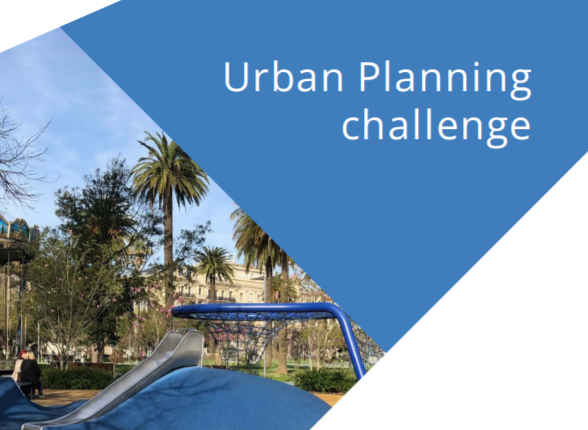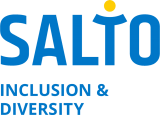Created by: the Jobs of the Future team
Description
The Jobs of the Future consortium has produced a number of Online Challenges open to anyone, relating to tech occupations and real-world problems.
In many countries, public playgrounds aren’t yet designed in a way that they respond to the diverse needs of the users. Some of them have universal design elements, but the playground is rarely designed as a whole to be inclusive. The lack of accessibility of the playgrounds affects the development of children with disabilities, but also their parents/chaperone (temporarily able- bodied or with disabilities), by restricting their rights to using public facilities.
Therefore one of our Challenges is about designing inclusive playgrounds or play equipment. A group of architects and urban planners from AMAIS are the experts behind this challenge. The idea is that a group will be use online tools and spaces to (re)design real-life public spaces in a more inclusive way.
general purpose and aims
the aim of the challenge is to engage in a creative process with the aid of digital technology, to imagine how a playground or play equipment can be transformed in order to make it more inclusive. Notably, equipment or playground can be made more inclusive by enabling individuals with disabilities to access them and profit from them. We also highlight the importance of play for all children regardless their background and/or abilities.
description of the activity
The mission of the user is to analyze the situation of the playgrounds close to him/her and design an inclusive play equipment or an inclusive playground altogether.
Individuals’ entries for this challenge should include:
- location and description of the playground. The information can be transmitted in any form (text, recording, video)
- Users feedback about the playground. The information can be transmitted in any form (text, drawings, recording, video).
- Details about any obstacles faced by users
- Details about the users’ desires to improve the playground. The information can be transmitted in any form (text, drawings, recording, video).
- Play equipment to be improved.
- Analyses of which senses the equipment stimulates and which ones are missing, strengths and weaknesses based on the user’s analysis and feedback.
- Proposal for improving the equipment (physical model, drawing, 3d model) and short description (text, recording, video).
who can be included in it
The activity is open to anyone. Individuals need to engage in practical manipulations revolving around technology (video making, computer assisted design softwares, etc.)
special needs tackled: Making public spaces more inclusive can support many different special and impacts directly the inclusion of people with disability.
needs for specific tools / hardware / supports : No
More documentation at: blog post available here.
How is this activity inclusive?
The activity is about inclusion. The objective is to imagine how play equipment or public playground can be transformed in order to make these more inclusive.
How do you think it could be further developed / improved in terms of inclusion?
We don’t have enough data about people partaking in this challenge yet in order to assess the extent to which it really is accessible to anyone. The brochure illustrating the challenge includes alternative texts for all pictures, which makes it suitable for individuals with visual impairments. We are planning to have visually impaired individuals engage in the challenge to learn how the activity can be improved in terms of accessibility and inclusion.
For more information please contact
Simone Ferrecchia, simone@digijeunes.com



